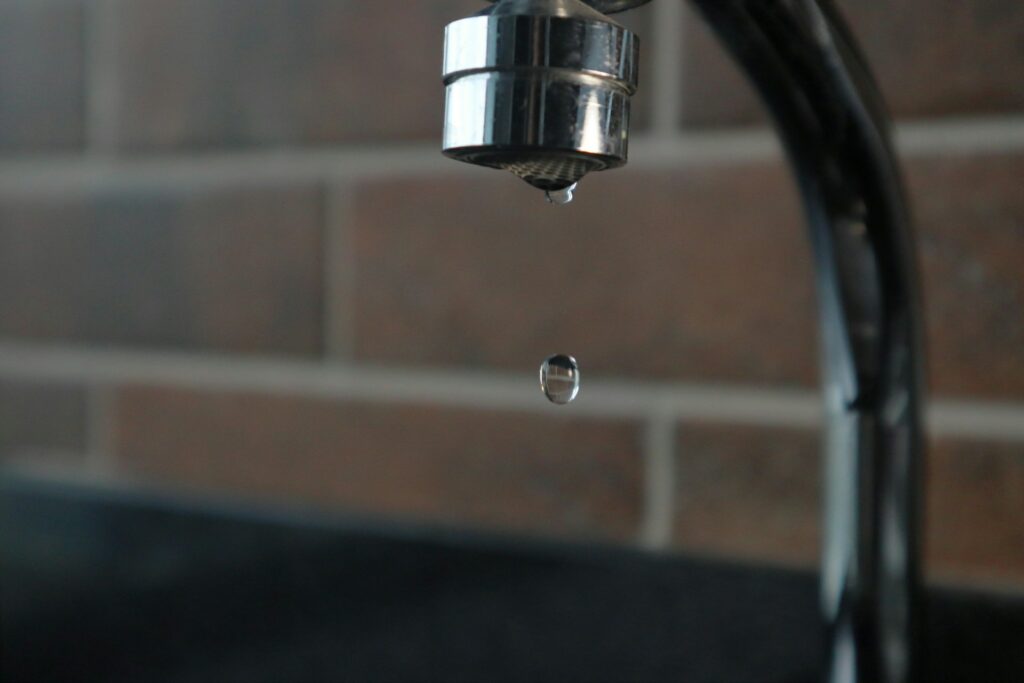Why is the water pressure in my home so low?

Why is the water pressure in my home so low?
Weak water pressure is one of the most aggravating problems that can arise in a household. Whether it’s a slow shower, a sink that trickles instead of flowing, or a washing machine that takes forever to fill, low water pressure can disturb daily routines and suggest deeper concerns within your home’s plumbing system. This can be a problem for a number of reasons.
Even while it can appear to be a little annoyance, a decrease in water pressure can be caused by a wide range of factors, some of which are straightforward and transitory, while others are more complicated and might possibly be expensive. The first step toward restoring a regular and efficient flow of water throughout your home is to have an understanding of the factors that are contributing to this problem.
1. The Importance of The Appropriate Pressure of the Water
The water pressure in your plumbing system is the force that propels water through the system. In order for faucets, showers, and other appliances to perform more effectively, it guarantees that they receive the flow that they require. Generally speaking, the appropriate water pressure for a household falls somewhere in the range of forty to sixty pounds per square inch (psi).
When the pressure falls below this range, the performance of the fixtures is diminished, the cycles of appliances such as washing machines and dishwashers take longer to complete, and the effectiveness of showers is diminished. Long-term low pressure may also be an indication of concealed leaks or pipe damage, both of which may become more severe over time if they are not addressed.
2. The Most Common Reasons for Improper Water Pressure
Low water pressure can be caused by a wide variety of problems, ranging from fundamental plumbing issues to more serious maintenance requirements. By gaining an understanding of these typical causes, homeowners are better equipped to determine if the issue can be readily resolved or whether it requires the assistance of a professional.
a. Installations and Aerators That Are Clogged
The accumulation of minerals in showerheads and faucets is one of the most common factors that contribute to a lack of circulation of water. As time passes, calcium and silt can build up inside of aerators, which can impede the flow of water through the device. In many cases, restoring normal pressure nearly immediately can be accomplished by cleaning or replacing these little components.
b. Pipe Leaks or Corrosion
The pressure in the entire house can be lowered if there are leaks that are concealed within the walls, ceilings, or underground pipes. The overall flow reduces when water is lost before it reaches the fixtures as it escapes. In older buildings, corrosion within galvanized steel or copper pipes can cause passageways to become more constricted, which in turn restricts the flow of water and consequently lowers pressure.
c. Valves that are only partially closed
It is possible that the main shut-off valves or water meter valves will not be fully reopened after repairs or maintenance have been performed. Even a minor closure of a valve can significantly restrict the amount of water that flows through it. In order to begin troubleshooting, the first step is to make sure that all of the primary valves are completely open.
d. Problems with the Municipal Supply
There are situations when the issue has nothing to do with your house. Because of maintenance work, water main breaks, or peak demand during high-use periods, municipal water systems occasionally experience momentary decreases in pressure. These drops can be caused by a combination of factors. By contacting your local water provider, you can determine whether the problem is caused by an external factor.
e. Pressure Regulator That Is Improper
Numerous residences are fitted with a pressure-reducing valve or regulator, which is responsible for controlling the water pressure that is brought in from the main line. It is possible that the water pressure across the entire property will decrease if this device fails to function properly. In most cases, a licensed plumber is required to replace a regulator that is malfunctioning.
f. Performing Tests and Making a Diagnosis of the Issue
- In order to make an accurate diagnosis of low water pressure, the first step is to determine whether the issue is being experienced throughout the entire house or only in certain fixtures.
- If the problem is confined, such as affecting only one faucet or shower, it is likely that the issue is caused by a blocked aerator or a problem with the fixture.
- In cases where the issue affects a number of different places, it is possible that the main supply line, a pressure regulator, or leaks in the system are all involved.
The water pressure in your home can be measured immediately from an outdoor spigot using a straightforward pressure gauge, which can be found at the majority of other hardware stores. Readouts that are lower than 40 psi indicate that there is a systemic problem that requires additional investigation.
3. Possible Solutions and Treatments
Following the identification of the cause of the problem, the right measures to rectify the situation can be performed.
- In the event of a modest accumulation, clean or replace the showerheads and aerators. It is possible to dissolve mineral deposits by soaking them in vinegar for a full night.
- In order to detect leaks, it is important to inspect pipes that are visible and to keep an eye on water bills for any increases that cannot be explained.
- For problems with the regulator or the main line, you should get in touch with a qualified plumber for evaluation and repair.
- For homes that have plumbing that is not up to date, repiping may eventually be required in order to restore a regular flow of water and to prevent such issues in the future.
4. Avoiding Pressure Issues in the Past and the Future
Maintenance of a healthy water pressure can be accomplished to a large extent through preventative care. Every year, flushing your water heater can remove sediment accumulation, which can have an effect on the flow of water. Inspecting the plumbing system on a regular basis can help detect minor leaks at an earlier stage, and cleaning the aerators every few months can avoid clogs.
Homeowners who rely on municipal water should also be mindful of the quality of the water in their area, since hard water can hasten the accumulation of minerals within pipes and fixtures. It is possible to considerably lessen the impact of these long-term impacts by installing a water softener.
5. When to Get in Touch with a Professional
Even while there are some pressure difficulties that can be easily resolved, problems that are persistent or pervasive typically require the assistance of a specialist. It is possible for a certified plumber to carry out pressure tests, identify leaks that are concealed from view, and determine whether or not the architecture of your system, which may include valves, regulators, or pipes, need repair or replacement.
The intervention of a professional guarantees that more serious problems are treated in the correct manner, so preventing additional damage and returning the water system in your home to its ideal level of performance.
6. Restoring the Flow has been the conclusion.
It is possible that low water pressure will initially be an irritation; nevertheless, it can quickly become an indication of a more significant plumbing problem. In order to safeguard their systems from excessive wear and costly repairs, homeowners can preserve their systems by first gaining an understanding of the potential reasons, then doing routine maintenance, and finally knowing when to call a professional.
It is not just about convenience that keeping consistent water pressure is important; it is also about preserving the health, efficiency, and dependability of the resource that is most important to your home. With careful attention and prompt action, the consistent flow that you rely on each day has the potential to continue to be strong for many years to come.




